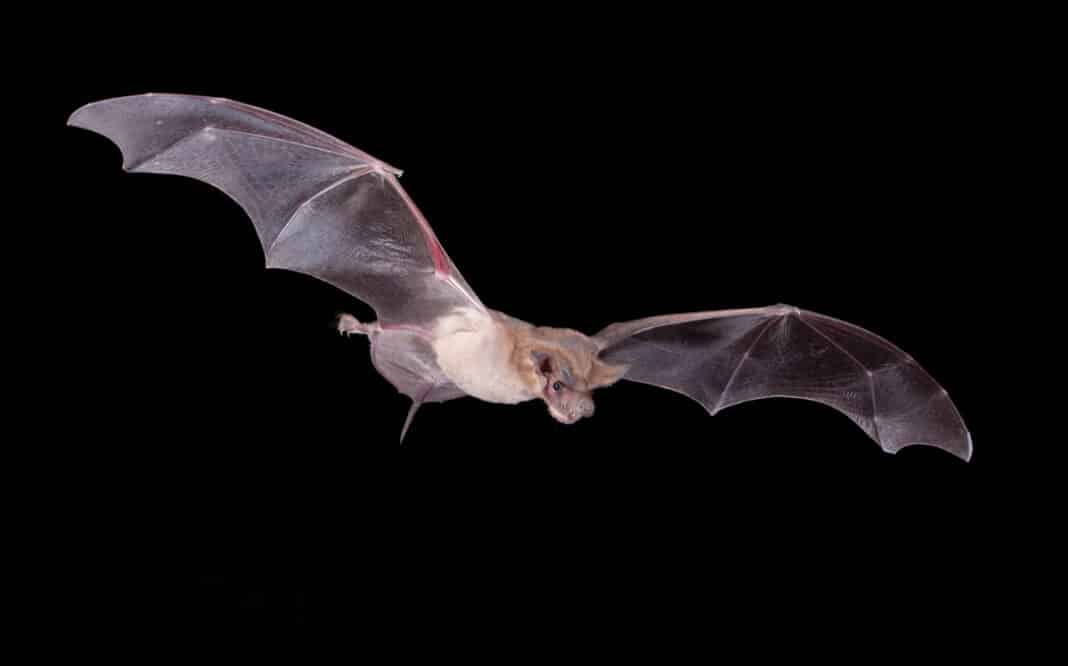A sobering new study on bat losses to white-nose syndrome claims more than 90 percent of northern long-eared, little brown and tri-colored bats have perished in under a decade.
The study, published in Conservation Biology, is the most comprehensive yet on bat mortality due to white-nose syndrome, caused by a fungus which bats contract while wintering together in caves.
“The severity of the impact of this disease on bat populations is staggering,” said Winifred Frick, chief scientist of Bat Conservation International and one of the paper’s authors. “We found that nine out of 10 bats of the most vulnerable species are now gone.”
The Texas Parks and Wildlife Department has been funding researchers for surveillance of the fungus and any cases of white-nose syndrome here.
Beginning in the winter of 2017, the fungus which causes white-nose syndrome was detected in three bat species in six counties in the Panhandle region. The fungus has expanded its footprint to 21 Texas counties as of this year.
In March 2020, the first bat fatality from white-nose syndrome was confirmed in a cave myotis bat in Gillespie County in Central Texas.
White-nose syndrome is a disease that affects hibernating bats and is caused by an invasive, cold-loving fungus. The fungus grows on bats’ skin, disturbing their hibernation and resulting in dehydration, starvation and often death.
First documented in New York in 2006, white-nose syndrome has since spread to 35 states and seven Canadian provinces and has been confirmed in 12 North American bat species. Estimates say the syndrome has killed millions of North American bats.
“The impacts of white-nose syndrome on bat populations have been swift and severe, but we are not without hope,” said Jeremy Coleman, national white-nose syndrome coordinator for the U.S. Fish and Wildlife Service and a paper author. “Through strong collaborative efforts like this analysis, we continue to learn more about the dynamics of this disease and we will build the infrastructure we need to conserve native bats for future generations.”




